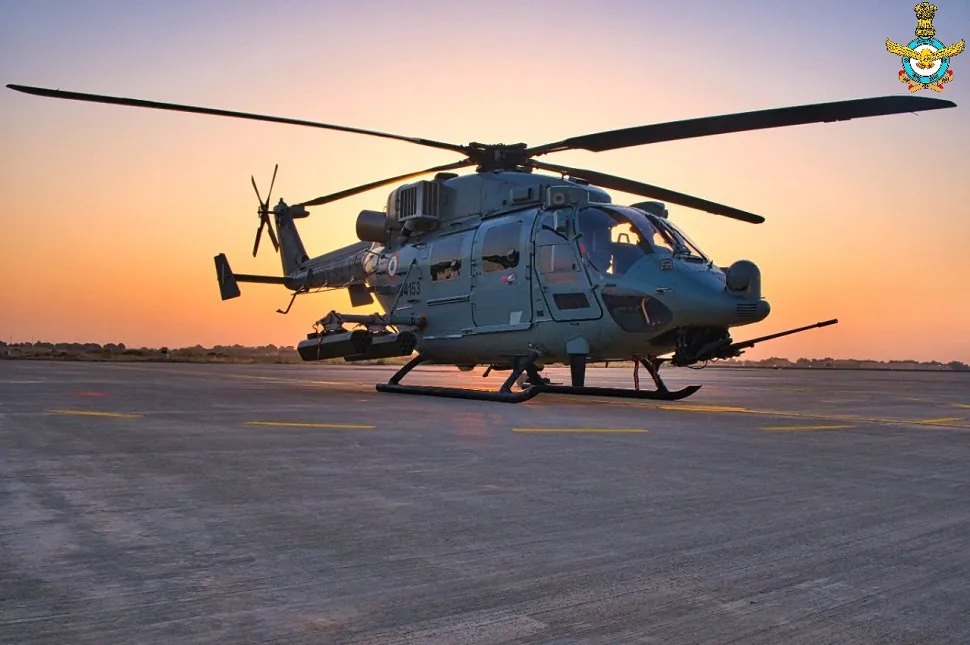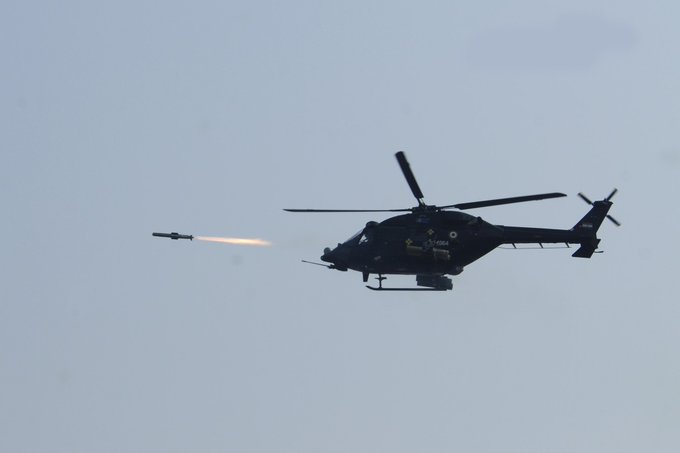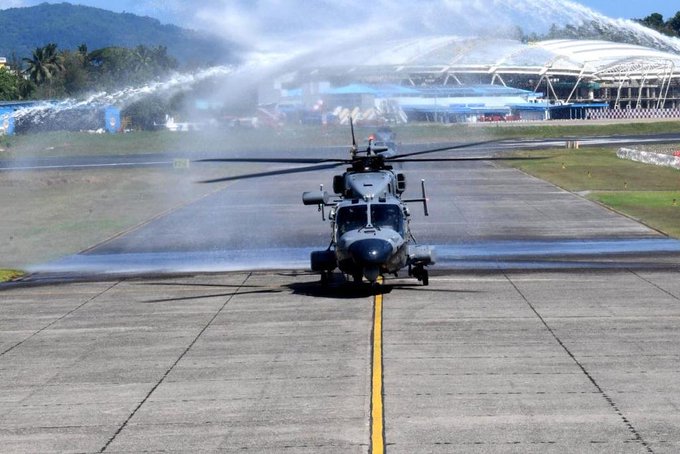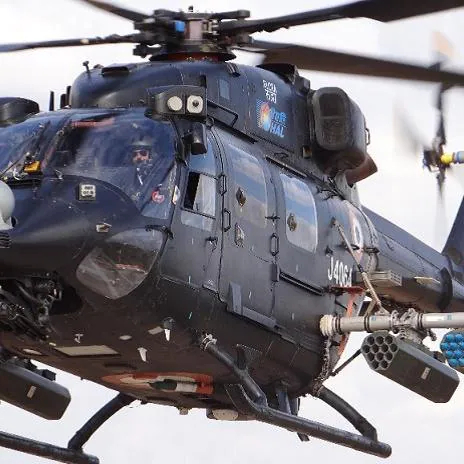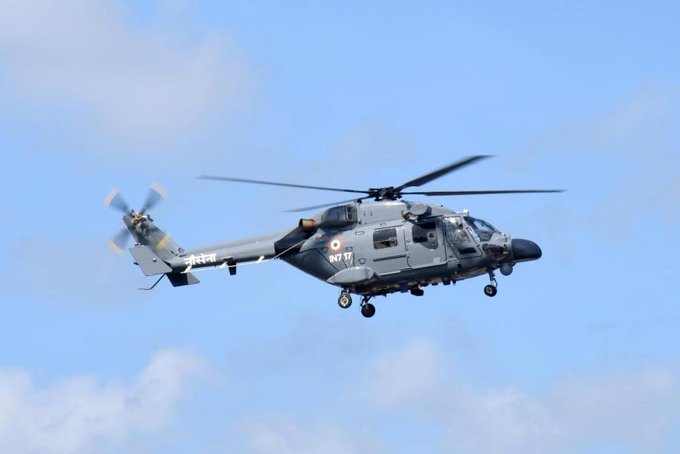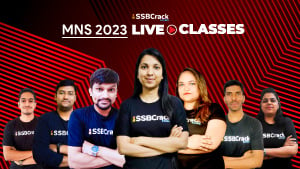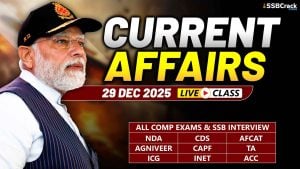Advanced Light Helicopter, also known as ALH-DHRUV, is a twin-engine utility aircraft designed and manufactured domestically by Hindustan Aeronautics Limited (HAL). It has a dimension of multiple roles and missions.
Even though Messerschmitt-Bolkow-Blohm (MBB) of Germany helped with the initial design of the helicopter, whose development began in 1984, the first flight of the helicopter took place in 1992, but it didn’t enter service until 2002 following certification.
The Centre for Military Airworthiness Certification and the Directorate General of Civil Aviation has both “type-certified” the aircraft for military and civil operations, according to HAL. The four main Dhruv variations are designated as Dhruv Mk-I, Mk-II, Mk-III, and Mk-IV.
History of ALH – Advanced light Helicopter
The Indian Air Force and Indian Naval Air arm started the ALH program in 1979 for a 5-tonne multi-role helicopter, and HAL received the contract in 1984. MBB was enlisted to help with the design. Although the prototype was supposed to take flight in 1989, it actually did so in Bengaluru in 1992 and again in 1993. Due to military needs and economic challenges, development issues began to worsen after this time.
The utility military variant’s certification was finished in 2002, while the civil variant’s certification was completed in 2004. Beginning in 2001–2002, production series helicopter deliveries were made. When India was subjected to sanctions as a result of its Pokhran-II nuclear tests in 1998, the delay grew much longer. Later, in 2002 and 2004, respectively, military and civilian models entered the market.
Also read: How To Join Indian Army Aviation Corps
For domestic and international markets, more than 300 HAL Dhruvs have been produced as of 2020. Additionally, the Indian Army, Coast Guard, and Navy placed orders with HAL for 73 ALH Mk-III & Mk-IV variants in 2017. Additionally, the Maldives, Mauritius Police, and the Nepal Army have received it.
Features
- Composite main rotor blades that are interchangeable
- Tail rotor blades made of composite
- Composite aircraft frame
- Glass cockpit
- A flare-and-chaff dispenser
- Helmet Pointing Method
- System for monitoring usage and health
- Video capture device
- VOR/ILS/DME
- EO Pod with LRF, LP, FLIR
- Infrared suppressor
- FADEC
- Integrated self-defense package
- A moving digital map
- On-board generation of inert gas
Role of ALH
- Commuter role
- VIP travel
- Causality evacuation
- Underslung load
- Rapid deployment of forces
- Logistic support
- Search and rescue
- Training purpose
The four main Dhruv variations are designated as Dhruv Mk-I, Mk-II, Mk-III, and Mk-IV.
- Mk.1 – The original design included Turbomeca TM 333-2B2 turboshaft engines and a traditional cockpit with mechanical instrumentation. 56 have been given to the Indian military in total. Production started in 2001.
- Mk.2 – Except for having the more recent HAL-IAI glass cockpit, the Mk.1 is comparable. The Indian military has received a total of twenty. Production started in 2007.
- Mk.3 – A better model featuring Shakti-1H engines, a new electronic warfare (EW) suite and warning systems, autonomous chaff and flare dispensers, and an enhanced vibration control system. Induction into service of the first batch took place in 2012.
- Mk.4 – Mk.4 is additionally referred to as Dhruv-WSI (Weapons System Integrated) or HAL Rudra.
Also read: List Of Helicopters Used By The Indian Army
Design of ALH
The HAL Dhruv has a conventional design, with composite materials making up around 29% of its empty weight and 60% of the airframe’s surface area. According to reports, the special carbon fiber composite HAL created helped to cut the helicopter’s weight by 50%. The back doors are easily accessible thanks to the large tail boom. A four-bladed composite main rotor is driven by the twin 1000-hp TurbunStink TM333-2B2 turboshafts, which are located above the cabin. The main rotor’s blades are mounted between carbon fiber-reinforced plates, and the rotor head is made of fiber elastomers. The main rotor can be manually folded. A contract to create an active vibration control system (AVCS), which monitors onboard circumstances and cancels out vibrations, was given to US helicopter maker Lord Corporation in February 2004.
When operating at altitudes over 6 km, the ALH Mk-III with upgraded Shakti-1H engines has excellent high-altitude performance. It has seating for 14 fully outfitted soldiers. Since only a few accidents have resulted in no fatalities, the DGCA has lauded the design’s crashworthiness.
Avionics and the cockpit
The cockpit portion of the fuselage is made of Kevlar and carbon fiber and has seats that can withstand crashes.
A radio altimeter, a VHF omnidirectional ranger, an instrument landing system (VOR/ILS), distance measurement equipment, a real airspeed indicator, an automatic direction finder, a heading reference system, a global positioning system, and marker beacons are all included in the navigation suite. The airplane has a four-axis automatic flight control system from SFIM Inc. HF, UHF, and VHF radio communications are all part of the communications package.
Armaments and weapons
The army and air force helicopters are equipped with stub wings that can accommodate four air-to-air missiles, four rocket pods for 70mm and 68mm rockets, or up to eight anti-armor missiles.
The first 20 Dhruv helicopters used by the Indian forces were equipped with the THL 20 20mm gun turret after Nexter Systems (previously Giat) won a contract to do so in December 2006. The M621 low-recoil gun is installed in the turret along with a helmet-mounted sight. The weapons are transported using an adaptable carrying device.
Capacity for retaliation
Radar and missile detectors, infrared jammers, chaff, and flare dispensers, and other devices might all be part of Dhruv’s countermeasure arsenal.
For the integrated defensive aids suite (IDAS) self-protection systems for the Dhruv helicopters used by the Indian armed services, Saab Avitronics was given a contract for serial manufacturing in December 2008. Additionally, Rooivalk, NH90, and Super Lynx 300 helicopters have IDAS installed.
Also read: India’s Light Combat Helicopter Has Been Officially Named Prachand, Which Means ‘Fierce’
The Indian multirole ALH’s engines
The twin-engine layout of the helicopter allows for almost uninterrupted flight throughout the flight envelope. Two Turbomeca TM 333-2C or 2B2 engines with a combined take-off power of 740kW are installed in the prototype helicopter.
A more potent engine for the Dhruv, the Shakti (also known as the Ardiden 1H in French), with a 900kW rating, was created through a collaboration between HAL and Turbomeca and produced in Bangalore. The Shakti engine will receive integrated dynamic systems (IDS) from Avio.
Landing gear for helicopters
The army and air force helicopters both have non-retractable metal skid landing gear. To safeguard the tail rotor during tail-down landings, the helicopter’s tail skid is standard equipment on all models.
The Kevlar flotation bags for the helicopter’s skid and wheeled versions are provided by FPT Industries in Portsmouth, UK. A life raft is another option for the helicopter. Follow SSBCrackExams for more such articles.
To crack the SSB Interview, You can join our SSB interview live classes batch and we recommend you Enroll SSB INTERVIEW ONLINE COURSE. Trusted by thousands of defense aspirants.
Also read:
- List Of Helicopters Used By the Indian Navy
- List Of Helicopters Used By Indian Air Force
- All About Indian Air Force AH-64E Apache Attack Helicopter [Fully Explained]
- Difference Between Apache AH-64 Attack Helicopter VS Mi-35 Attack Helicopter
- IAF To Raise First Light Combat Helicopter Squadron At AFS Jodhpur


